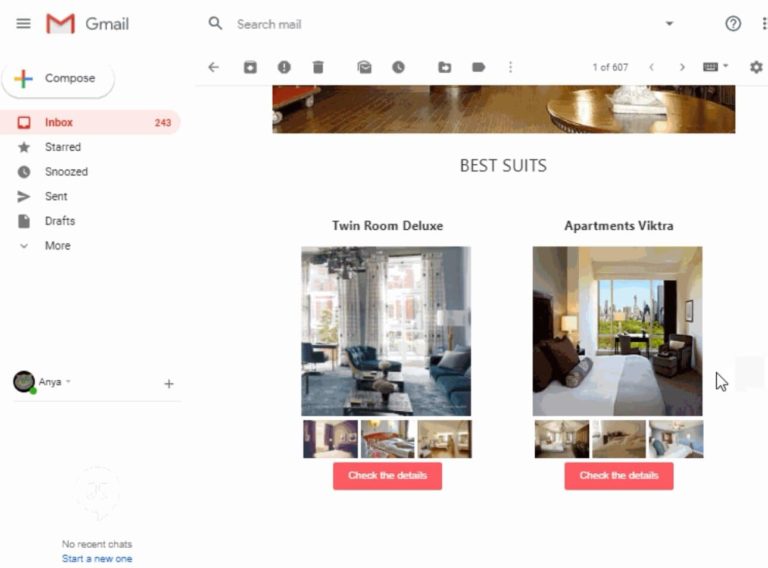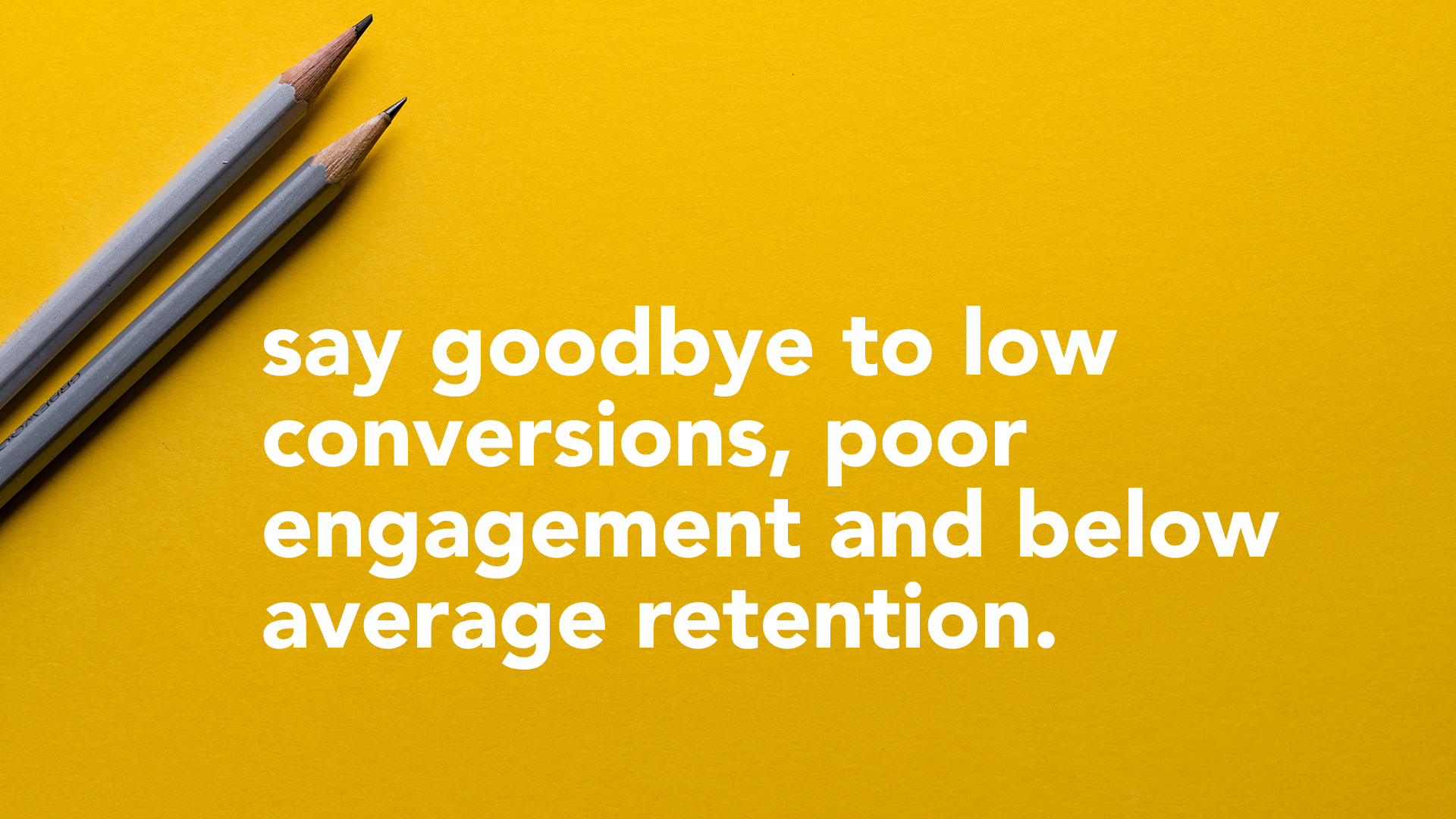The holy grail of marketing is sending the right message to the right user at the right time. Did you know that average time spent on mobile and desktop devices has increased every year over the past decade? This year, it reached a whopping seven hours per day on average.
The sheer amount of time people spend on digital devices has pushed marketing teams to adapt and begin delivering campaigns through mediums that contain functionality beyond traditional print and advertising mediums.
A lesson from the “hackvertisers”
“Hackvertising” involves closely watching conversations trending on social media to find opportunities to drive growth.
Burger King and DAVID The Agency have pioneered this strategy and are routinely supporting the continued growth of the Burger King mobile app with a progressive set of martech tools that power their marketing campaigns.
Positioning your brand’s mobile app as a centerpiece to in-flight marketing campaigns is essential for maximizing application conversion, engagement, and retention metrics.

A piece of marketing content that loops users into your brand’s native mobile experience will inevitably boost your chances of converting and retaining that customer for the long term.
The Burger King marketing and product teams work so closely with each other at this point, they are virtually indistinguishable.
Growth unchained
Through their use of leading martech tools and the close collaboration of their product and marketing teams, Burger King has been able to achieve some of the highest growth rates ever seen in any industry.
The latest Burger King campaigns have been so interesting, purposeful and targeted, they have literally made the world want to buy more Whoppers.
Does becoming the most downloaded app in the app store, generating over a billion impressions off a single ad campaign and generating a 54% increase in in-app sales sound like something your team would like to say in your next quarterly review with leadership?
Our suggestion: take a long, hard look at how your brand’s product and marketing teams are, or aren’t, working together. This could potentially be the gap that’s causing your brand to fall short on digital ambitions.
Go watch the recent campaign Burger King launched in Brazil earlier last year in conjunction with DAVID The Agency if you still aren’t convinced – Burn That Ad. The innovation is jaw-dropping.
The message is the app and the app is the message
Advancements in martech over the last decade have created tools that put marketing and product teams on the same playing field.
One example: marketing teams are now able to deliver targeted emails that have embedded functionality in them that feels more like a web or mobile app than a standard email. This is something marketing teams need their product teams to build and support.
In addition, product teams are building messaging inboxes into their mobile apps for marketing teams to distribute content within. This has resulted in product and marketing teams being pushed closer and closer together as they increasingly need each other’s capabilities to achieve success and deliver on customer expectations.
With the amount of time consumers are spending on mobile devices and the number of brands competing for their attention increasing, it takes more for brands to stand out. Simply having an app and delivering messages through digital channels isn’t how brands are delivering maximum impact to consumers.
Look at the email campaigns that Pinterest is able to deliver using Accelerated Mobile Pages (AMP).

These emails are interactive and feel more like a web page or mobile app enabling Pinners to perform various actions directly in the email. This is a great example of a brand that is taking messaging to a new level with greater functionality to improve the experience and increase user engagement.
The power of these two teams is magnified once channeled together to boost conversions, engagement and retention. Failing to do so could be the difference between your brand becoming Facebook or MySpace.

